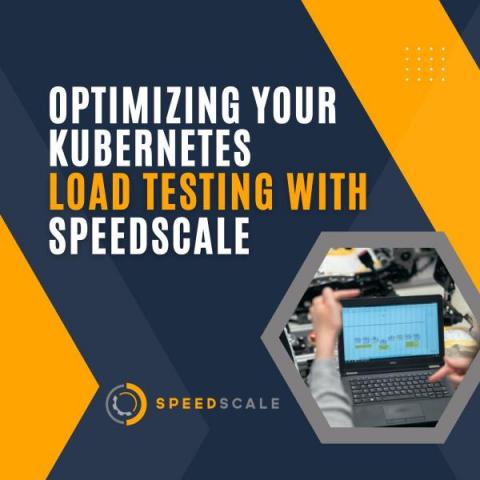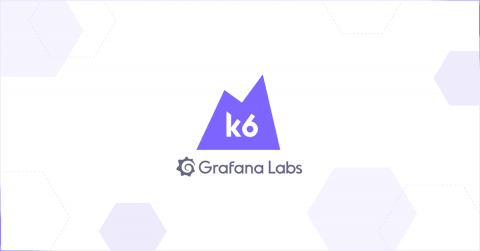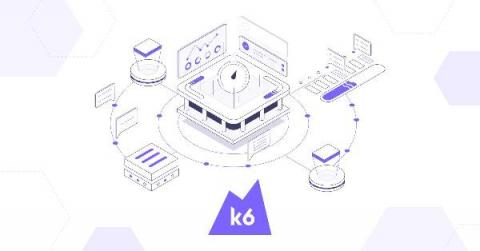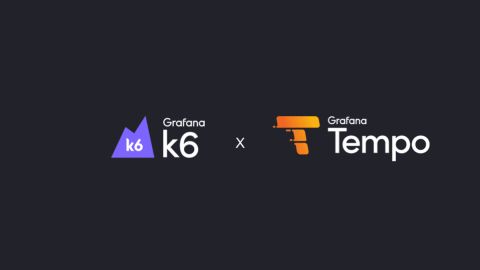Systems | Development | Analytics | API | Testing
Latest News
Software Stress Testing: A Complete Guide
You can test the software under normal conditions, and that will tell you a lot about what it can and can’t do. What you need to know, though, is how robust that software is. How can it handle intense conditions? How does it cope with error handling? Essentially, you’re testing the software by pushing it beyond its limits, to see exactly when it breaks. That’s information that you need to have, as you’ll then see just how far you can push the software when using it.
From the newsletter - k6 v0.41.0, k6 named a leader by G2, Env variables, Tempo, Keptn, and more
Hi there, Here at k6, we’re constantly shipping new features to help our users get the most out of k6. In case you missed it, here’s a roundup of all the k6 and k6 Cloud news, updates, and improvements you should know about.
Improve your Website's SEO for Better Search ranking
Here are some important suggestions on how to improve your search engine optimization (SEO) and advance your website and every page in the ranks of search engine result pages (SERPs) to the top of the page results.
k6 goes Time Series
With version 0.41, k6 has changed how it handles, stores, and aggregates the data it collects in the context of a load test. Most users probably won't notice any immediate difference. Yet, we expect these changes will empower us to make k6 more performant and easier to integrate into the larger observability ecosystem.
Updating JMeter Performance Tests with an XML parser
When building performance tests, we all understand the value of using properties or variables to store static values outside of our tests. This ensures that any changes to these values need only be made in one place rather than having to make these changes in many tests. Sometime though you may have inherited a suite of JMeter tests, or you were ** under pressure to develop these tests** and in order to do so you hardcoded values in your tests.
Performance Testing in Keptn using k6
This tutorial will demonstrate Keptn, a CNCF Incubator Project’s integration with k6. Keptn is a cloud-native application delivery and operations platform. We will use the Job Executor Service to execute k6 performance testing in a Keptn project. We'll start with running a k6 script and how the logs look. And then we'll modify the k6 script to see the behavior when it fails.
How to correlate performance testing and distributed tracing to proactively improve reliability
At ObservabilityCON, we announced our first step towards launching a native integration between Grafana k6 load testing and Grafana Tempo tracing (k6 x Tempo) in Grafana Cloud. We created k6 x Tempo to help dev, testing, and operation teams analyze their performance test results more effectively and proactively improve the reliability of their business-critical applications.
Performance Response Times
When performance testing you need a set of requirements to measure your response times against. When defining these you should do so with your end users or business teams. It is relatively easy to predict volumes, load and users that will use your application as you will no doubt have some data based on your current systems. It is a lot harder to agree on what the response times of your application should be.
How To Choose The Appropriate Mode For Your Test
Loadero is a versatile tool that can be used for different types of web application tests. In order to provide a comfortable way of running the tests that you need, we have different test modes. In this blog post, we describe each of those in detail so you can pick the appropriate one every time you are launching a test run. There are currently 3 available test modes to choose from when creating your own Loadero test.











